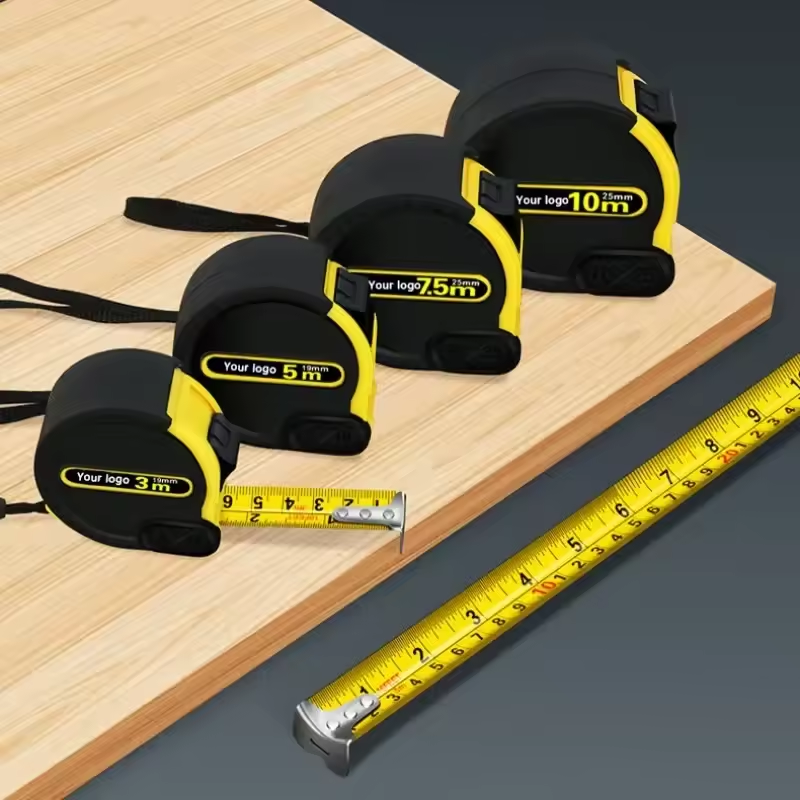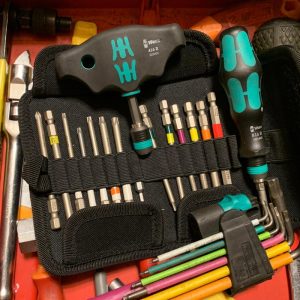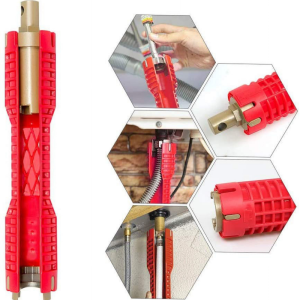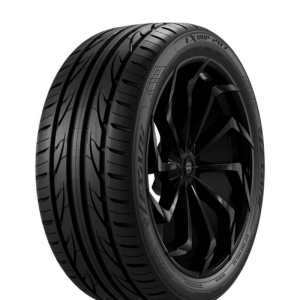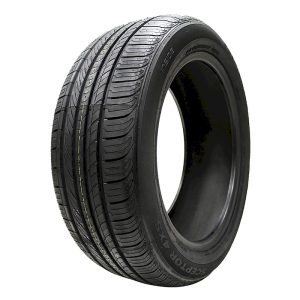
Flat spots on motorcycle tires can be a frustrating and potentially dangerous issue. These deformations occur when a tire is subjected to prolonged weight pressure without movement, typically during extended storage. The result is a flattened area on the tire that can negatively impact handling, grip, and overall ride quality.
Not only are flat spots inconvenient, but they can also be a safety hazard. Reduced tire contact with the road can compromise traction, particularly in wet or low-grip conditions. Additionally, the uneven wear caused by flat spots can accelerate tire degradation, requiring premature replacement.
Understanding the factors contributing to flat spots and implementing effective prevention strategies is crucial for maintaining optimal tire health and ensuring a safe riding experience.
Understanding Flat Spots
Flat spots are deformations on a tire caused by prolonged weight pressure without movement. This typically occurs during extended periods of storage. The rubber compounds in tires are designed to flex under load, and when this flexibility is restricted for an extended period, the tire’s shape becomes distorted. The result is a flattened area on the tire that can negatively impact handling, grip, and overall ride quality.

Several factors influence the severity and formation of flat spots:
- Tire Composition: The rubber compound used in tire manufacturing plays a crucial role. Softer compounds are generally more susceptible to flat spots.
- Tire Pressure: Incorrect tire pressure can exacerbate the issue. Overinflated tires may be more prone to flat spots as they have less flexibility to absorb the weight.
- Storage Temperature: Extreme temperatures, both hot and cold, can accelerate the development of flat spots.
By understanding these factors, you can take steps to minimize the risk of flat spots and maintain optimal tire condition.
Factors Contributing to Flat Spots
Several factors contribute to the formation of flat spots:
- Storage Duration: The longer a motorcycle is stored without use, the higher the risk of flat spots.
- Tire Pressure: Incorrect tire pressure can exacerbate the issue. Overinflated tires are more susceptible to flat spots.
- Tire Condition: Older tires with reduced flexibility are more prone to flat spots.
- Storage Environment: Extreme temperatures, humidity, and exposure to sunlight can accelerate tire deterioration and flat spot formation.
Preventing Flat Spots
To safeguard your motorcycle tires from flat spots, consider these preventive measures:
Proper Tire Pressure
- Check Regularly: Monitor tire pressure before each ride and adjust as needed.
- Follow Manufacturer Guidelines: Adhere to the recommended tire pressure specified in your motorcycle’s owner’s manual.
- Avoid Overinflation: Excessive tire pressure can increase the risk of flat spots.
Optimal Storage Conditions
- Choose a Cool, Dry Place: Store your motorcycle in a temperature-controlled environment away from direct sunlight.
- Utilize Tire Covers: Protect tires from dust, sunlight, and moisture with tire covers.
- Consider Tire Stands: Investing in motorcycle stands can alleviate pressure on the tires.
Regular Tire Rotation
- Periodic Movement: If possible, move your motorcycle slightly every few weeks to prevent prolonged weight pressure on the same tire spots.
- Consult a Professional: For long-term storage, consult with a motorcycle technician for specific recommendations.
Tire Condition
- Inspect Regularly: Check tires for signs of wear, cracking, or damage.
- Replace Worn Tires: Tires with reduced flexibility are more prone to flat spots. Replace worn tires promptly.
Restoring Tires After Flat Spots
If flat spots have already formed, restoring your tires to their original condition may require some effort. Here are several approaches:

- Gradual Riding: Begin with gentle acceleration and braking, avoiding sudden inputs. Gradually increase your riding intensity as the tire warms up and the flat spot diminishes.
- Tire Warmers: For severe flat spots or to expedite the restoration process, tire warmers can be used. These devices heat the tires to their optimal operating temperature, helping to reshape the deformed area.
- Professional Assistance: In extreme cases where flat spots are persistent or have caused significant tire damage, consulting a tire specialist is recommended. They can assess the tire’s condition and provide appropriate recommendations, such as tire replacement or specialized treatments.
It’s important to note that while these methods can help reduce the effects of flat spots, complete restoration may not always be possible. Severe flat spots can indicate underlying tire damage, necessitating replacement.
Tire Care and Maintenance for Optimal Performance
Preventing flat spots is just one aspect of proper tire care. To maximize your motorcycle’s performance and safety, consider these additional tips:
Regular Tire Inspections
- Visual Checks: Look for signs of wear, cracking, cuts, or embedded objects.
- Tread Depth: Use a tread depth gauge to measure remaining tread. Replace tires when the tread reaches the wear bars.
- Balance and Alignment: Ensure proper wheel balance and alignment to prevent uneven wear and handling issues.
Tire Storage Best Practices
If you store your motorcycle for extended periods, follow these guidelines:
- Clean the Tires: Remove dirt and debris to prevent damage during storage.
- Inflate Properly: Maintain recommended tire pressure for storage.
- Consider Tire Covers: Use high-quality tire covers to protect against sunlight, dust, and moisture.
- Rotate Tires: If possible, rotate tires periodically to distribute weight evenly.
Choosing the Right Tires
Selecting the appropriate tires for your motorcycle is crucial:
- Consider Riding Conditions: Choose tires designed for your specific riding environment (street, off-road, touring, etc.).
- Tire Compound: Different tire compounds offer varying levels of grip, wear resistance, and performance.
- Size and Specifications: Ensure the tires match your motorcycle’s recommendations.
Tire Technology and Innovations
The motorcycle tire industry is continually advancing, offering riders innovative solutions to enhance performance and durability.
Advanced Tire Compounds
- Grip Enhancement: Modern tire compounds incorporate advanced polymers and silica to improve grip on various road conditions, including wet and dry surfaces.
- Wear Resistance: Rubber compounds are formulated to resist abrasion and extend tire life.
- Temperature Stability: Advanced compounds help maintain optimal tire performance in varying temperature conditions.
Tire Construction and Design
- Radial vs. Bias Ply: Understand the differences between radial and bias ply tires to select the best option for your riding style.
- Tire Profile: The shape of the tire profile impacts handling, stability, and comfort.
- Tread Pattern: Different tread patterns are designed for specific riding conditions, such as sport, touring, or off-road.
Tire Warm-Ups and Performance
For optimal performance and safety, it’s crucial to warm up your motorcycle tires before aggressive riding. Cold tires have reduced grip, increasing the risk of accidents.

The Importance of Tire Warm-Ups
- Grip Enhancement: Warmed-up tires offer superior grip, allowing for better cornering and braking.
- Tire Life: Proper warm-up helps prevent premature tire wear.
- Safety: Reduced risk of tire slip and loss of control.
How to Warm Up Your Tires
- Gradual Acceleration: Avoid sudden bursts of speed, as this can overheat the tires.
- Smooth Braking: Apply brakes gently to avoid locking up the wheels.
- Cornering Progression: Start with gentle turns and gradually increase lean angles as the tires warm up.
Protect Your Investment
Preventing flat spots is essential for maintaining optimal motorcycle performance and safety. By following these guidelines and investing in proper storage and maintenance, you can extend the life of your tires and enjoy a smoother ride.
Remember, the key to preventing flat spots is proactive care. Regular inspections, proper tire pressure, and a suitable storage environment are crucial. By prioritizing tire health, you’re not only safeguarding your investment but also enhancing your overall riding experience.
Don’t let flat spots hinder your enjoyment of the open road. Take the necessary steps to protect your tires and ensure a safe and thrilling ride every time.
